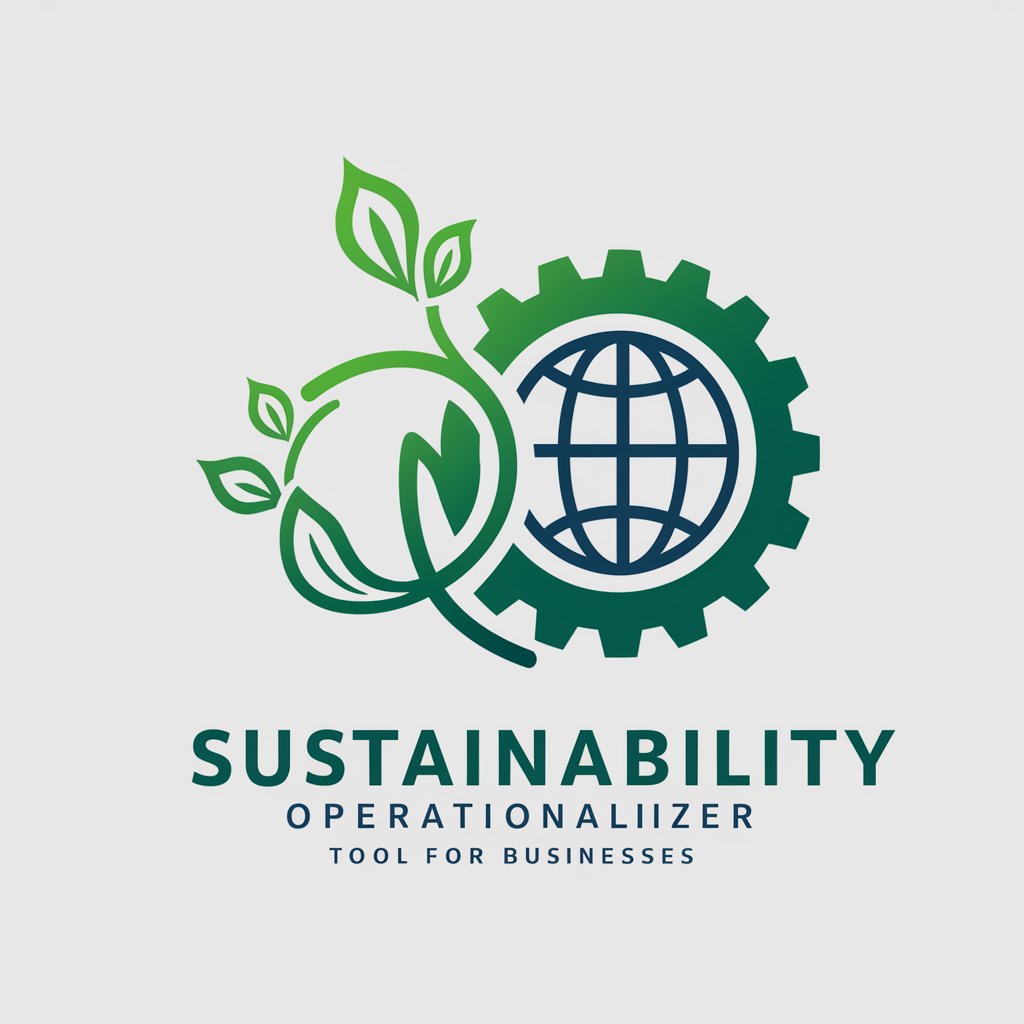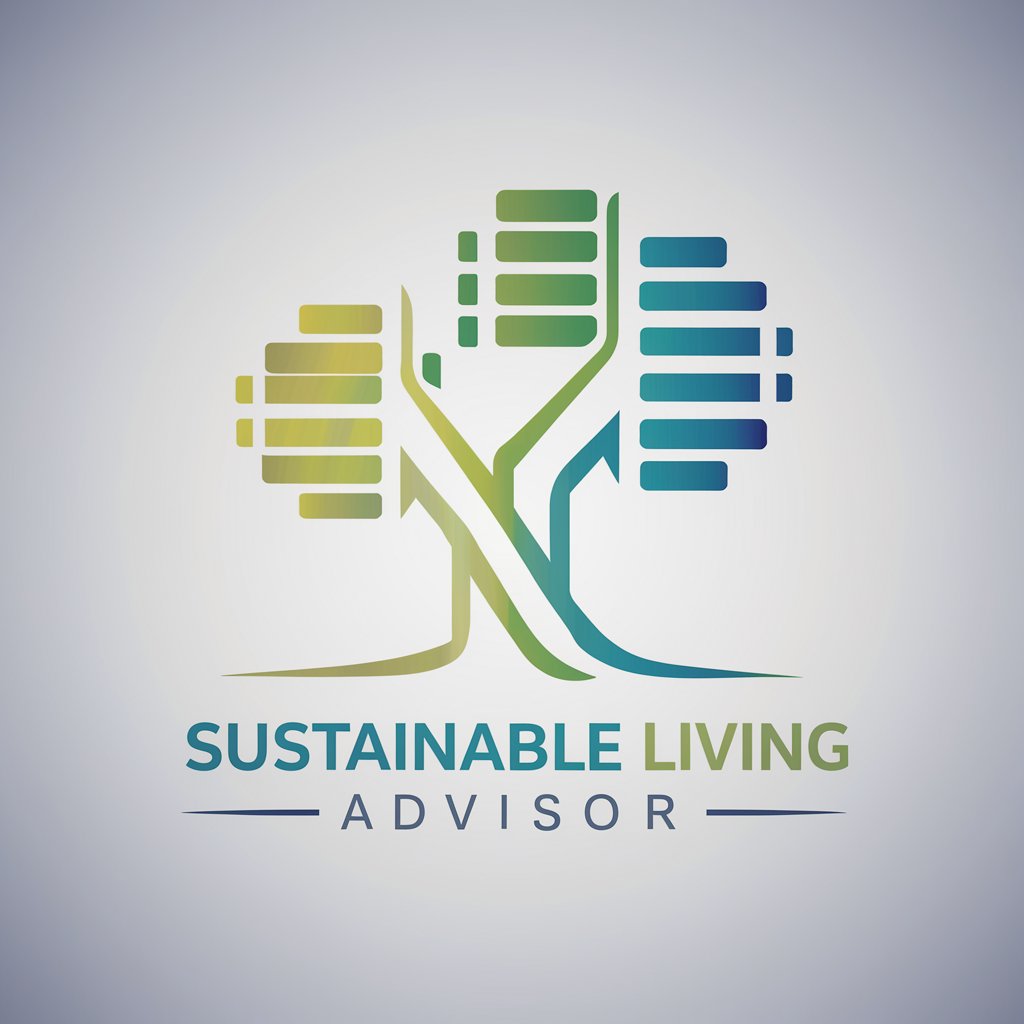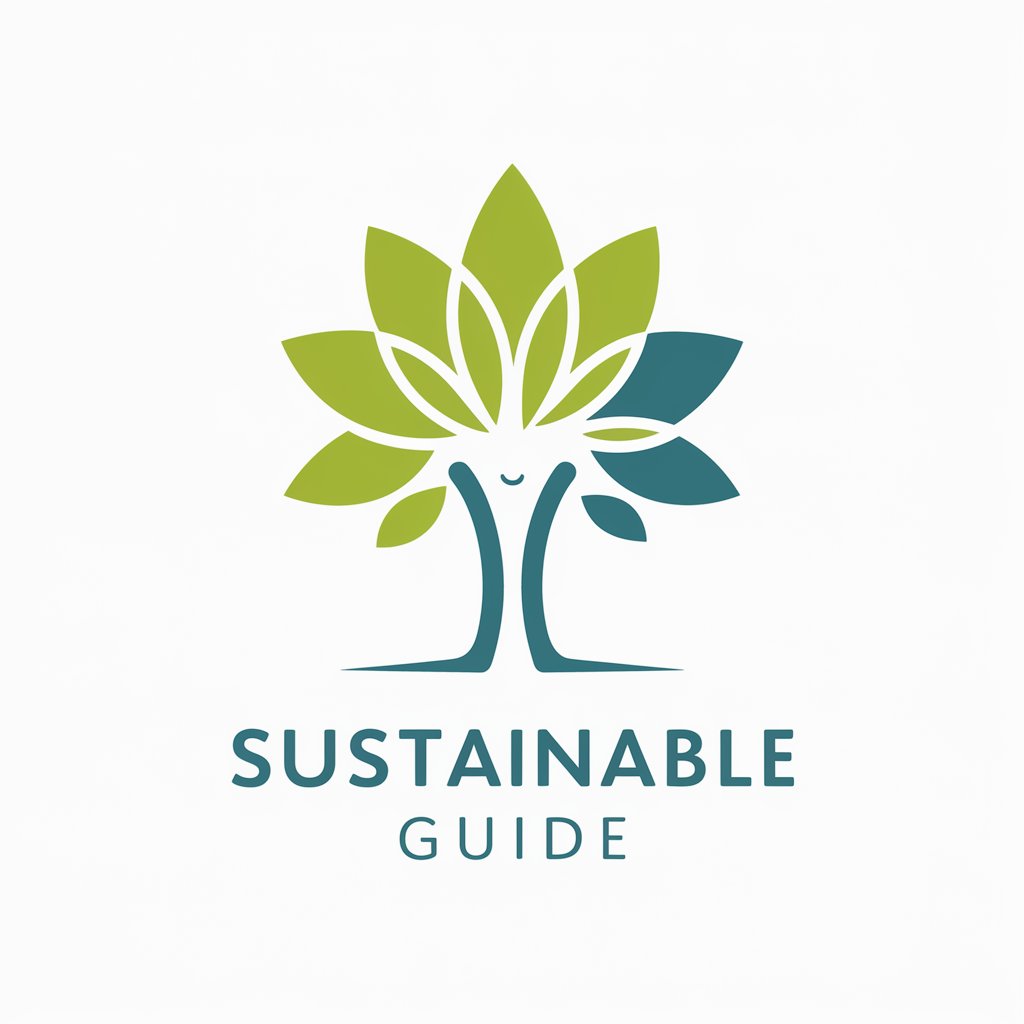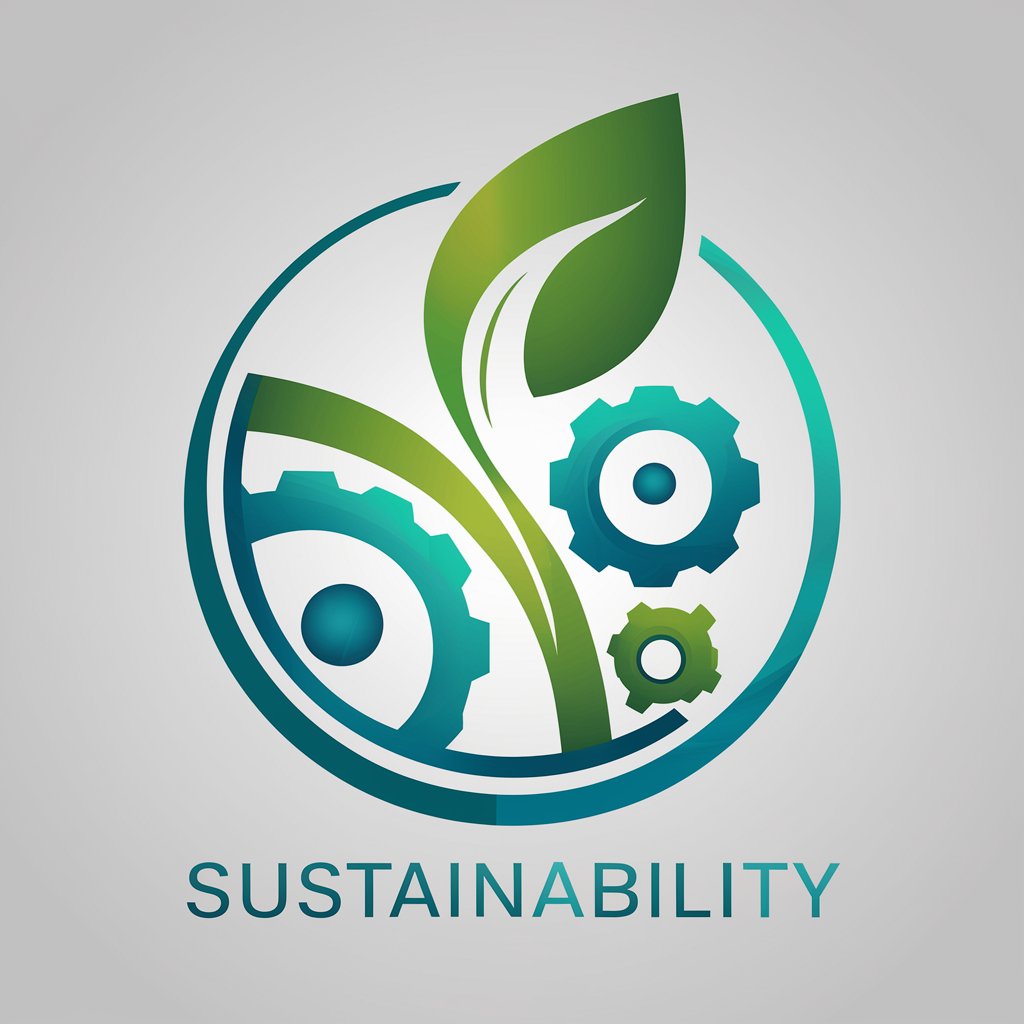
Sustainability - AI Sustainability Analysis
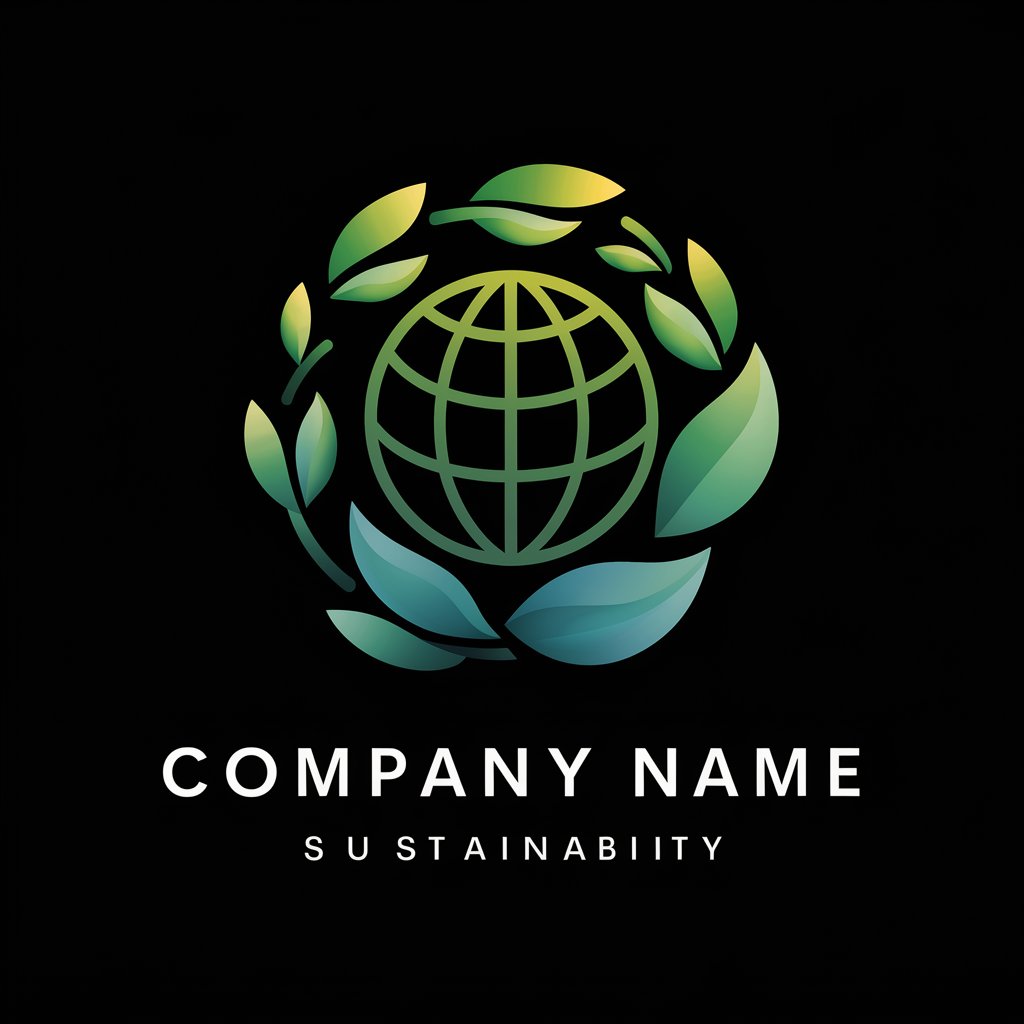
Herzlich willkommen bei uns!
Powering Sustainability with AI
How can businesses reduce their carbon footprint?
What are the key principles of sustainable development?
How does renewable energy benefit the environment?
What strategies can individuals adopt for a more sustainable lifestyle?
Get Embed Code
Understanding Sustainability
Sustainability, derived from forestry practices, emphasizes meeting today's needs without compromising the future. It embodies the principle of maintaining a balance, ensuring that resources like timber are harvested sustainably to preserve them for future generations. Over centuries, this concept has evolved beyond forests, addressing broader socio-economic and environmental issues, encapsulating themes like poverty, health, and corporate social responsibility. It underscores the importance of balancing economic growth with ecological preservation and social equity, often summarized by the 'triple bottom line' of profit, planet, and people. This holistic approach aims to foster a sustainable future through responsible resource management and innovative solutions like renewable energy and sustainable urban development. Powered by ChatGPT-4o。

Core Functions of Sustainability
Resource Efficiency
Example
An enterprise adopts high-efficiency manufacturing processes to reduce raw material and energy usage, significantly cutting costs and environmental impact.
Scenario
A manufacturing company integrates advanced automation and waste recycling systems to enhance material efficiency, leading to reduced production costs and lower environmental footprint.
Corporate Social Responsibility
Example
A company implements strict supply chain standards to ensure fair labor practices and environmental stewardship.
Scenario
A global apparel brand audits its suppliers to enforce compliance with fair labor practices, reducing the risk of human rights abuses and enhancing brand reputation.
Environmental Innovation
Example
Development of biodegradable materials to replace conventional plastics in product packaging.
Scenario
A packaging company invests in research and development to create fully biodegradable packaging solutions, leading to widespread adoption in the food industry and significant reductions in plastic waste.
Ideal Users of Sustainability Services
Businesses
Companies across all sectors seeking to improve resource efficiency, reduce environmental impacts, and enhance corporate social responsibility would benefit from adopting sustainability practices to boost their market competitiveness and compliance with global standards.
Governments and Policymakers
Government bodies and policymakers implementing policies to meet environmental targets and promote sustainable development practices would use sustainability services to ensure effective policy outcomes and public sector accountability.
Educational Institutions and NGOs
Schools, universities, and non-profits focusing on research and education related to environmental conservation and sustainable practices benefit from sustainability initiatives to enhance their curriculum and community outreach programs.

Steps to Utilize Sustainability
Start with a Free Trial
Visit yeschat.ai to start using Sustainability without the need for logging in or a ChatGPT Plus subscription.
Explore Features
Familiarize yourself with the different functionalities such as the generation of sustainable strategies, eco-friendly project planning, and environmental impact assessments.
Set Objectives
Define your sustainability goals and objectives clearly within the platform to ensure that the tool is tailored to your specific needs.
Integrate Data
Upload relevant environmental, social, and governance (ESG) data to better utilize the AI’s capabilities in making informed sustainability decisions.
Analyze and Improve
Use the insights and recommendations provided by the tool to implement sustainable practices and continuously improve your organization’s sustainability profile.
Try other advanced and practical GPTs
Sätze auf hohem Niveau (literarisch)
Elevate Your Writing with AI

CreatiLogo Maestro
Crafting Your Brand's Identity with AI

ExpoBot
Automate Your Real Estate Presentations

Gestatten Loriot
Experience Loriot's wit at your fingertips!

Skill Detective
Empowering Your Career with AI Insights

VHUG SEO Optimizer
Optimize SEO with AI-driven insights

PublicPulse-Öffentliche Verwaltung BW
Streamlining Public Administration with AI
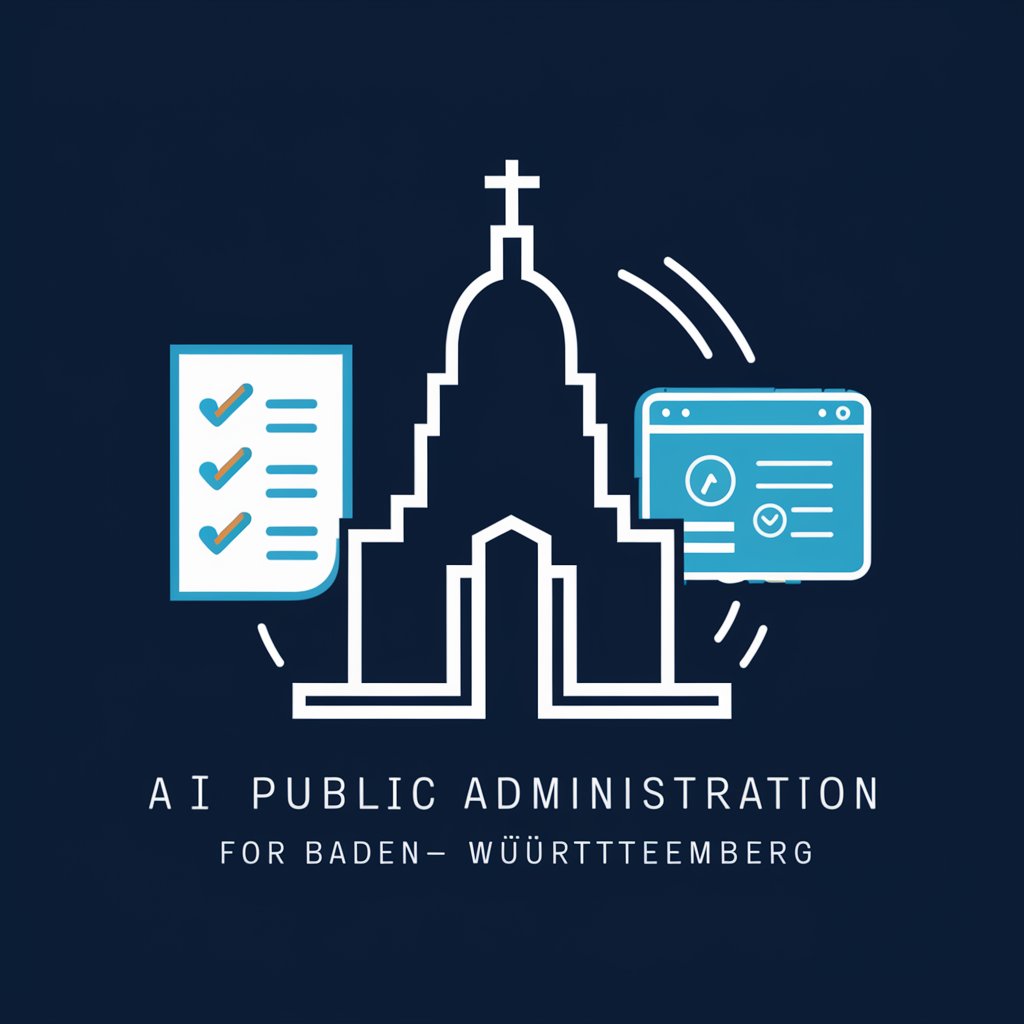
Romanautor
Unleash creativity with AI-driven narrative design.

FantasyKing
Craft Your Tale, Choose Your Path

Fantasy Illustrator
Envisioning Your Fantasy Worlds with AI

Skinner Box Office
Decoding Behavior with Film

Tech Innovator GPT
Powering Your Tech Potential

Frequently Asked Questions about Sustainability
What is Sustainability?
Sustainability is an AI-powered tool that helps organizations to integrate sustainable practices into their operations by providing data analysis, strategy generation, and impact assessments.
How can Sustainability help reduce environmental impact?
It offers features like carbon footprint calculations and ESG compliance tracking, enabling companies to identify high-impact areas and implement greener practices.
Can Sustainability assist in reporting for compliance?
Yes, it can automate the generation of compliance reports for environmental regulations and standards, making it easier to meet legal and ethical requirements.
What are the system requirements for using Sustainability?
The tool is accessible via web browsers on most devices without specific hardware requirements, though a stable internet connection is recommended for optimal functionality.
How does Sustainability use AI to promote sustainability?
It uses advanced algorithms to analyze data, predict trends in sustainability, and provide actionable insights, helping companies to make informed decisions that align with global sustainability goals.


